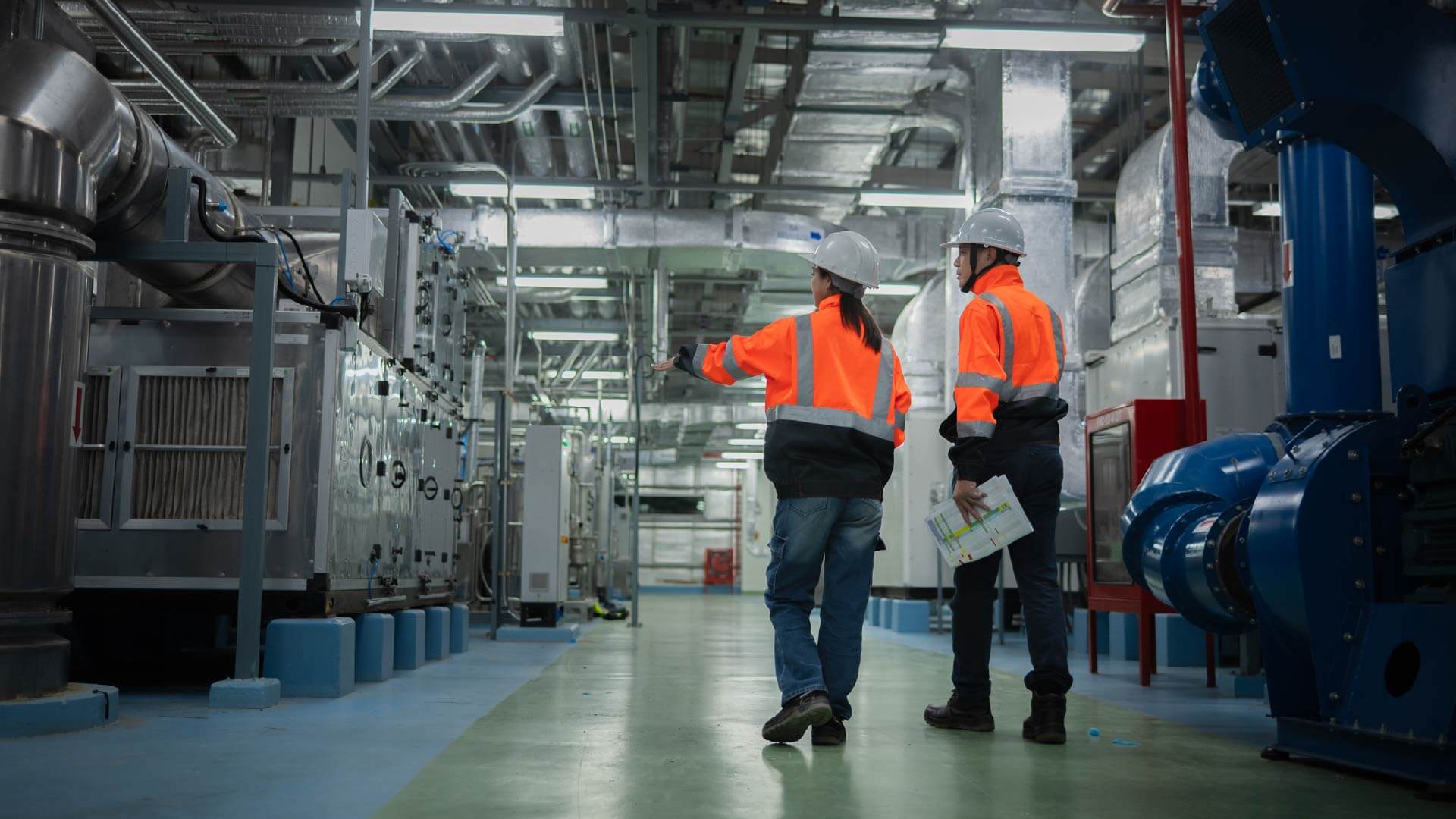Human-Centric Quality: Designing QMS For The Frontline Worker

Robert Van Paulino
Quality management systems (QMS) have long been designed with quality managers and auditors as the primary users. However, it is the frontline workforce, operators, technicians and inspectors who execute the procedures that ensure quality and compliance. In high-stakes sectors such as food and beverage (F&B) and life sciences, where procedural errors can result in costly recalls or regulatory breaches, providing these workers with intuitive, accessible tools is critical.
Legacy interfaces often overwhelm operators with irrelevant data and complex navigation. Modern systems address this by simplifying the experience with role-based dashboards that display only essential tasks and KPIs. They also replace dense text with visual workflows that use step-by-step imagery or short videos and provide real-time prompts to prevent errors. For example, ETQ Reliance has introduced configurable operator dashboards for F&B firms that cut navigation steps by more than half. MasterControl, meanwhile, offers interactive training modules that have helped life sciences clients achieve faster procedural adoption during facility expansions. These trends mirror findings in the Verdantix Smart Innovators: Quality Management System Software report, which highlights how usability and frontline design are becoming central differentiators for leading vendors.
Mobile-first functionality is proving essential, as many production workers are not desk-bound. Bringing QMS tools to the point of work is vital. Platforms such as ComplianceQuest now offer offline mobile access in low-connectivity areas, barcode and QR code scanning for instant access to batch or equipment data, and integrated photo and video capture for documenting deviations. In one pharmaceutical facility using Ideagen, mobile-enabled deviation reporting reduced issue reporting lag from hours to minutes, allowing quality assurance teams to intervene before problems escalated.
AI is emerging as a powerful enabler of frontline quality. Embedded AI copilots can provide contextual guidance based on batch records, detect anomalies during in-process checks, and enable natural language search for instant retrieval of standard operating procedures or training materials. PTC's Windchill and Siemens’s Opcenter are leveraging AI to flag deviations in real time during production, while Benchmark Gensuite's Genny AI provides voice-guided assistance on the shop floor. In one biopharma pilot, AI-assisted workflows decreased procedural deviations by 22%, particularly in complex manufacturing steps.
The business impact of this shift is clear. Faster onboarding is possible when training is supported by visual, guided systems – a significant advantage for seasonal or rotating staff. Audit readiness improves when frontline activities are digitally captured and traceable. The risk of product recalls declines when errors are detected and corrected earlier in the process. For regulated markets, these advancements also strengthen compliance with standards such as ISO 22000 for food safety and FDA 21 CFR Part 11 for electronic records in life sciences. According to the Verdantix Market Size And Forecast: QMS Software 2023-2029 (Global), sustained double-digit growth in QMS spend will be driven in part by investments that target frontline worker adoption.
The move towards human-centric QMS design is not merely about introducing new features; it is about closing the gap between quality policy and execution. By focusing on ease of use, real-time access and guided workflows, vendors can drive stronger adoption among the very people whose actions determine product quality. This is particularly vital in consumer-facing industries.
For more insights on the latest QMS news and updates, visit the Verdantix QMS Insights page or book an analyst inquiry.
About The Author

Robert Van Paulino
Industry Analyst




